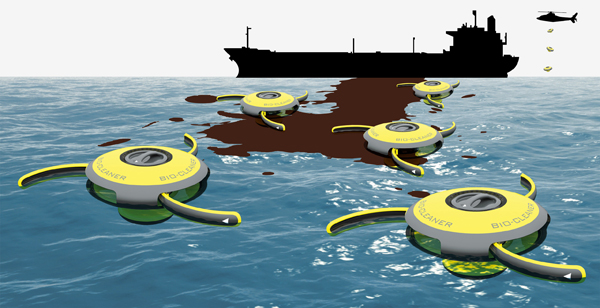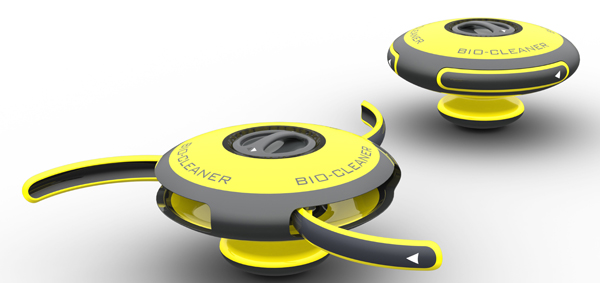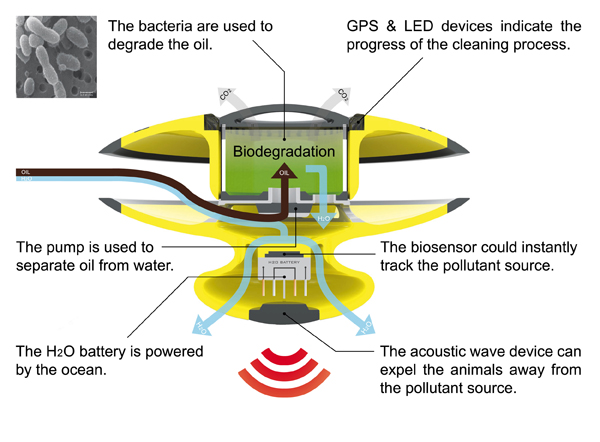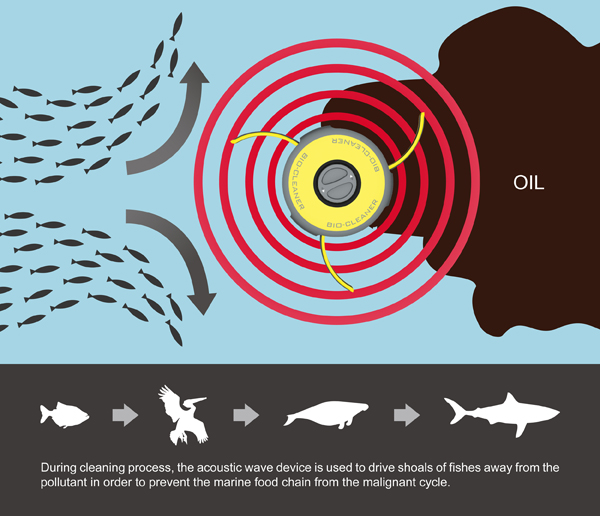This is example
how "Rhinoceros" cooperates with architects for making sustainable
objects.
KREOD is a ground-breaking sustainable sculpture and London’s newest architectural landmark. The brainchild of Chun Qing Li, Managing Director ofPavilion Architecture, KREOD is an innovative architectural sculpture, organic in form, environmentally-friendly and inspired by nature. Resembling three seeds, these pods combine through a series of interlocking hexagons to create an enclosed structure that is not only magnificently intricate but secure and weatherproof. KREOD functions beautifully both as an architectural landmark and an imaginative exhibition space – its three pods can be combined in a variety of configurations or installed as free-standing forms.
 As part of the design team, Evolute was responsible for rationalizing KREOD’s complex input surface, designing the panel layout, the parametric detailing of the wooden members and outputting the production geometry for fabrication. As with any ambitious project, KREOD’s design and manufacturing constraints updated dynamically based on available resources. Throughout the project, Rhino3d,EvoluteTools Lite and EvoluteTools PRO were used for modeling, analysis, geometry optimization, production data generation, as well as a data exchange platform. Evolute proposed a torsion free hexagonal panel layout, as the dual of a circle-packing optimized triangular mesh. The circle-packing optimization forces the incircles of each triangle to be tangent to the adjacent corresponding incircles, as pictured below. After one step of subdivision, the hexagonal panel layout is achieved, carrying crucial features that lower the fabrication costs – the angles around each vertex are 120 degrees, allowing prefabrication of node elements if needed.Once the hexagonal panel layout was adopted, we could proceed in refining the solution for an even distribution of hexagons according to the engineering constraints – size of hexagons and boundary conditions. Several panel layouts were explored in an attempt to find the perfect balance between aesthetics and the physical limitations involved.
As part of the design team, Evolute was responsible for rationalizing KREOD’s complex input surface, designing the panel layout, the parametric detailing of the wooden members and outputting the production geometry for fabrication. As with any ambitious project, KREOD’s design and manufacturing constraints updated dynamically based on available resources. Throughout the project, Rhino3d,EvoluteTools Lite and EvoluteTools PRO were used for modeling, analysis, geometry optimization, production data generation, as well as a data exchange platform. Evolute proposed a torsion free hexagonal panel layout, as the dual of a circle-packing optimized triangular mesh. The circle-packing optimization forces the incircles of each triangle to be tangent to the adjacent corresponding incircles, as pictured below. After one step of subdivision, the hexagonal panel layout is achieved, carrying crucial features that lower the fabrication costs – the angles around each vertex are 120 degrees, allowing prefabrication of node elements if needed.Once the hexagonal panel layout was adopted, we could proceed in refining the solution for an even distribution of hexagons according to the engineering constraints – size of hexagons and boundary conditions. Several panel layouts were explored in an attempt to find the perfect balance between aesthetics and the physical limitations involved.
A breakthrough in KREOD’s design was brought up by the Ramboll engineering team while designing a connection detail strong enough to take the loads of the structure, elegant and simple to manufacture at the same time. The reciprocal connection became KREOD’s signature. Based on this detail design, Evolute coded the generation of the member layout in tune with all the aesthetic and manufacturing constraints. The parametric generation of the components was programmed in RhinoScript.






















